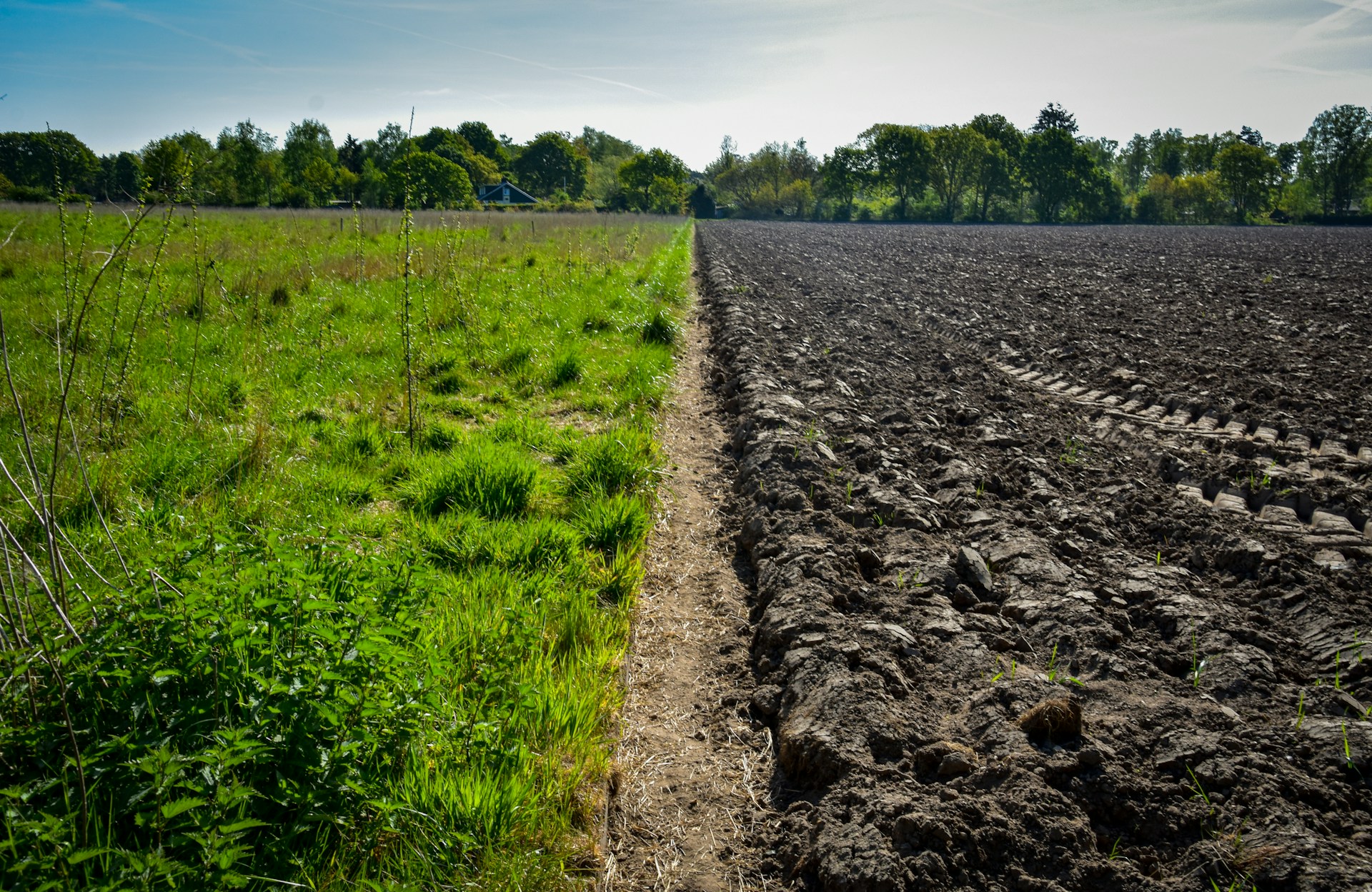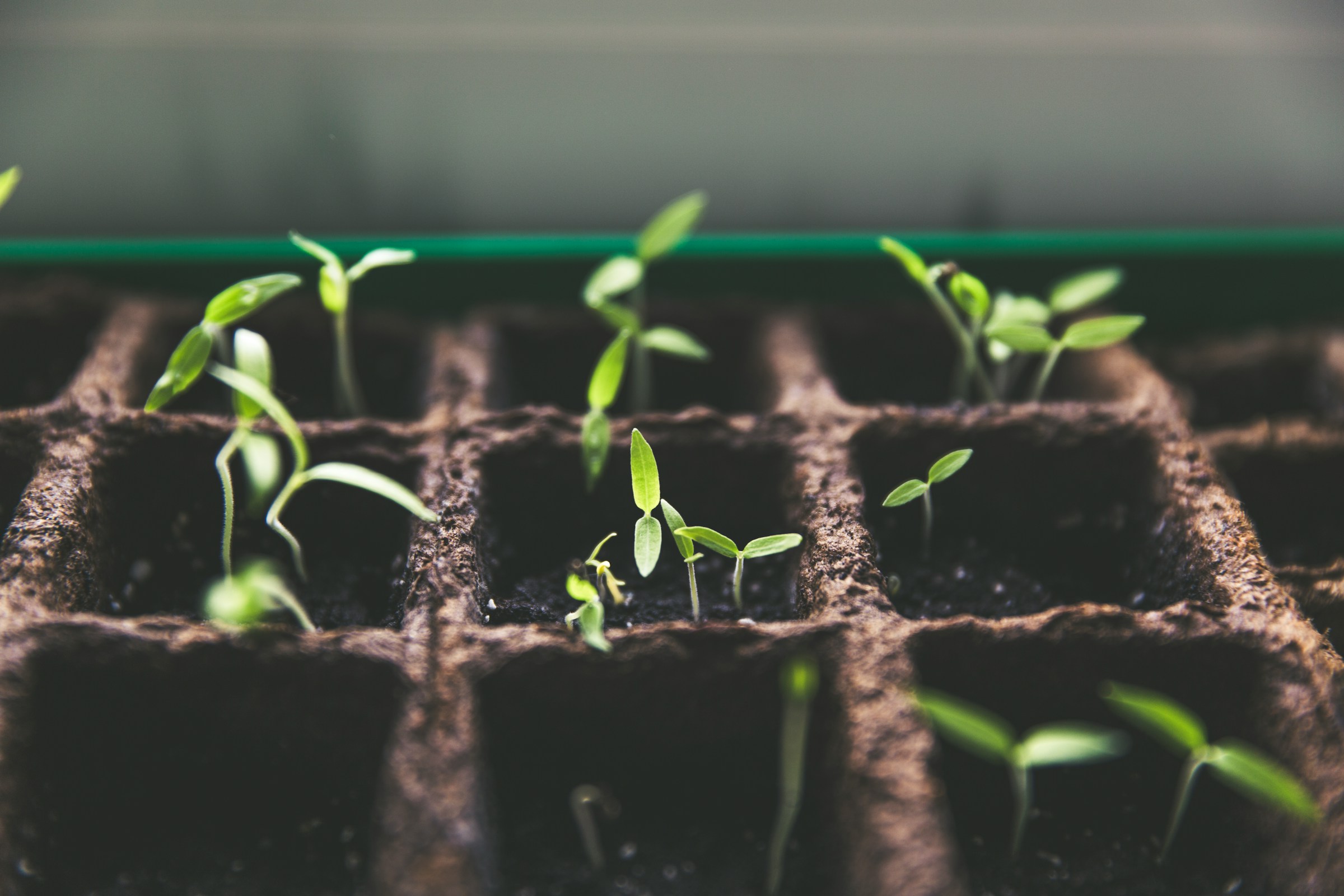Every day, every second, humans continue increasing the pollution of our planet. From the plastic we dump in the oceans to the waste produced by pumping oil, pollution is a problem for everyone. Fortunately, many environmentalists and scientists have dedicated their time to researching how we can prevent, slow, and potentially stop pollution from continuing to damage the environment using natural resources, organic fertilizers, and more.
One particularly innovative approach is called bioremediation. Anyone who works with soil inoculants should know what it is and how it can help heal our planet. Learn more about what bioremediation is and how you can use it for lawns, crops, and more.
What Is Bioremediation?
Bioremediation uses several different techniques to clean and enhance the soil in a polluted area. These techniques include beneficial microorganisms, which are used to consume and break down the pollutants and contaminants in the soil. Some remediation methods may also utilize plants, fungi, and bacteria that can help with the cleansing process. Many of these organisms can break down or neutralize hazardous waste commonly found in polluted areas, helping restore the land for safe human use and food production.
General Types of Bioremediation

Remediation to this extent also targets contamination in groundwater, sediment, and soil. The natural soil amendments and organisms used during the process can be either anaerobic or aerobic. When using aerobic microorganisms, the breakdown of hazardous materials takes place in the presence of oxygen, while anaerobic treatment takes place without any oxygen. Let’s explore how to clean your soil through a few different types of bioremediation:
- Phytoremediation: This involves using fungi, plants, or microorganisms that absorb pollutants to get nutrition and energy while discharging non-hazardous waste. The most common plants suggested for those learning how to decontaminate soil with this method include Popal Trees, Indian Mustard, and Sunflowers.
- Biochar Soil Amendments: Biochar is a remediation additive that can transform harmful pathogens in your soil. It can reduce the need for dangerous pesticides through microbial immunity that uses natural pest control. Biochar can also sequester carbon to prevent the release of additional greenhouse gases. You can customize this organic soil conditioner to exactly fit the needs of your environment. Learn more below as we discuss Jeden’s specialized role in bioremediation.
- Bioaugmentation: If there is oxygen in the contaminated area, this is one of the most popular bioremediation techniques. This is how to clean soil using this process: First, add microbes externally. These microbes are cultured in a lab and introduced to the area as needed. The microbes use the existing oxygen to help them break down and eliminate the pollution.
- Biosparging: This is the best method for areas that are incredibly polluted but don’t contain any oxygen. Since the existing microbes don’t have oxygen to use for contaminant breakdown, they can’t do the work. Using injections into the earth, you can add oxygen and other nutrients to help the microbes that are already present in the soil. Use biosparging in areas where soil is surrounded by deep water.
- Bioventing: The last bioremediation method we want to discuss is when you add more microbes from an external location to an oxygen-deficient area. When the soil you’re targeting for bioremediation needs both oxygen and microbes, you can saturate it with external sources.
While we’ve covered a few different types of what bioremediation is, this is not an exhaustive list. There are several other types of bioremediation, including in-situ solutions like Percolation, Phytoremediation, and Pump and Treat, as well as ex-situ options like Biofiltration, Bioreactor, Composting, and Biofile. While in-situ techniques are conducted at the site of the pollution, ex-situ requires the removal of the pollution to a secondary location.
Jeden’s Specialized Role in Bioremediation: Using Biochar to Transform Waste Into Cultivable Soil
At Jeden Bioscience, we take a bold, chemical-free approach to bioremediation that centers around biosolids, regenerative agriculture, and microbial enrichment.
Our unique process begins with TerraTonic Biochar, a high-quality soil amendment that not only binds to heavy metals and toxins but also acts as a habitat for beneficial microbes. We enrich this biochar for sale with a custom microbial blend that jump-starts biological activity in the soil, converting organic waste—like food scraps, yard waste, and biosolids into healthy, cultivable soil.
This process supports:
- Nutrient cycling and soil structure
- Carbon sequestration
- Natural pest resistance via microbial immunity
- Chemical-free agricultural practices
By applying regenerative solutions rooted in nature, we help growers, land stewards, and environmental groups heal contaminated soils and rebuild ecosystems from the ground up.
Why Choose Bioremediation?

Now that you know what bioremediation is, we can take a look at some of the massive benefits of using it. Since environmental problems aren’t simple, the solutions required to reverse and mitigate additional damage aren’t easy either. While you might consider planting more trees or taking other personal steps to ensure a more eco-friendly lifestyle, bigger transformations are also essential to reduce the dangers caused by massive corporations. So, how can bioremediation help?
More Cost-Effective
For these companies, taking accountability and implementing cleanup solutions among their other processes is essential. And because bioremediation doesn’t require an industrial setup or extensive investment in infrastructure, it can be a very cost-effective solution. The initial cost of this technique is very low.
Easier Nutrient Control
In some industrial environments, nutrient control is essential to the work. If this is a concern for your organization, bioremediation is the perfect choice for how to clean the soil you use. Many of the microbes used during the process control the nutrients in the water, preventing eutrophication and extra plant growth.
Simple Odor Control
Many polluted sites smell terrible, affecting the living areas around them. When your organization learns how to decontaminate soil through organic remediation, you can reduce odors by clearing oil, grease, and sewage. The microbes used in remediation will consume the pollution without any harmful effects.
Limitations to Consider in Bioremediation

While remediation using biological sources is a great solution for many industries, it does have its downsides. How you clean soil with bioremediation is only effective for biodegradable contaminants and waste, as it requires pretty extensive monitoring, and it can be time-consuming. Furthermore, you may struggle to find the right biological process for your application, as environmental conditions, nutrient requirements, type of contamination, and the types of microorganisms all affect how you decontaminate the soil.
Final Thoughts
Bioremediation is more than a cleanup method—it’s a movement toward regenerative living. Around the world, communities are successfully using these methods to recover polluted lands and promote ecological health.
At Jeden Bioscience, we’re proud to offer tools like TerraTonic Biochar and custom microbial blends to help industries, municipalities, and growers manage waste responsibly without chemicals. Our team is dedicated to creating a sustainable future, specifically for industries that venture into food production. Reach out today to learn more about how soil inoculants and plant nutrients can help with your cleanup plans.





